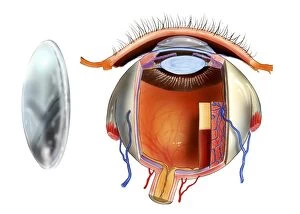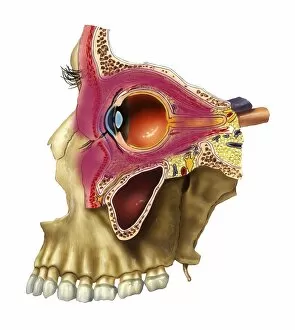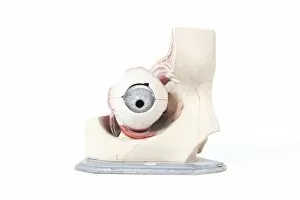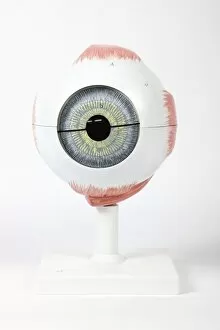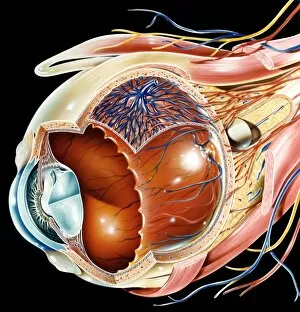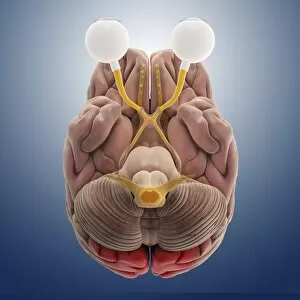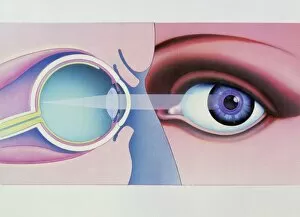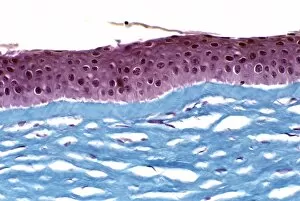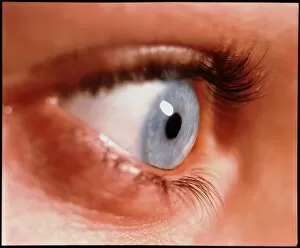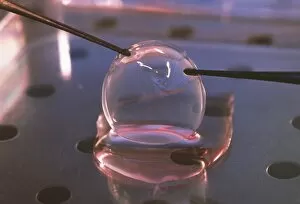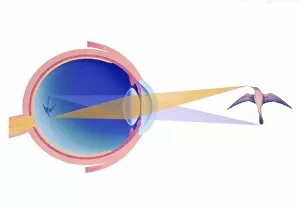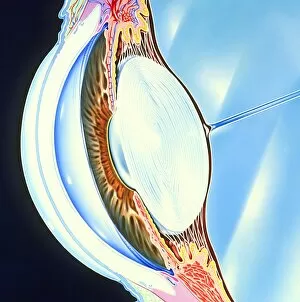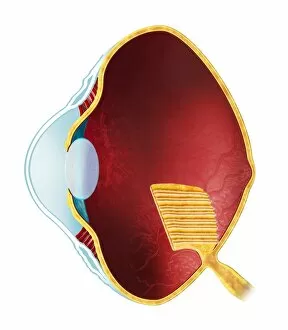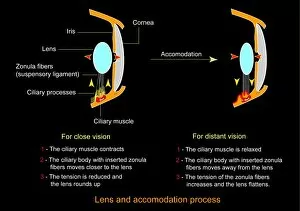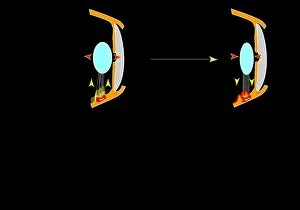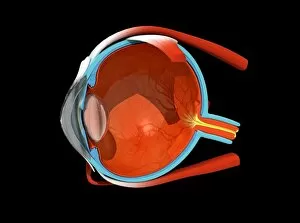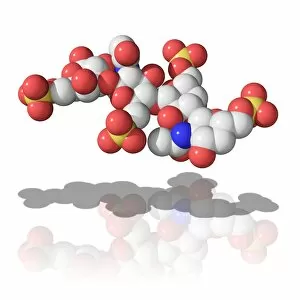Cornea Collection (#3)
The cornea, a remarkable part of the eye anatomy, is often depicted in stunning artwork
For sale as Licensed Images
Choose your image, Select your licence and Download the media
The cornea, a remarkable part of the eye anatomy, is often depicted in stunning artwork. From digital illustrations showcasing the dilation and contraction of outer radial muscle fibers to conceptual artworks representing laser eye surgery, this vital component never fails to captivate our imagination. In one captivating image, a human eye is beautifully illustrated with intricate details highlighting its external anatomy. Labels guide us through each structure, allowing us to appreciate the complexity and precision involved in vision. Another illustration takes us deeper into the normal anatomy of the eye through a cross-section view. This visual representation unveils the intricacies hidden beneath our eyelids and reminds us of the delicate balance required for optimal vision. A black-and-white photograph from Romania showcases an enchanting moment captured between a peasant woman and her cornea. The depth conveyed in this image speaks volumes about how crucial this small yet powerful organ is for connecting individuals with their surroundings. An ancient plate from Traite Complet de l'Anatomie de l'Homme offers insight into historical perspectives on eye surgery. This conceptual artwork transports us back in time, reminding us of humanity's relentless pursuit to understand and improve upon our own biology. Even nature itself provides inspiration when examining corneas; an engraving from The Pictorial Museum of Animated Nature features a common fly's head with its proboscis delicately resting against its transparent cornea. Such images remind us that even creatures so different from ourselves share similar anatomical wonders. Whether it be through scientific diagrams or artistic interpretations, exploring the beauty and complexity of corneas allows us to marvel at one of nature's most incredible creations – our eyesight itself.

